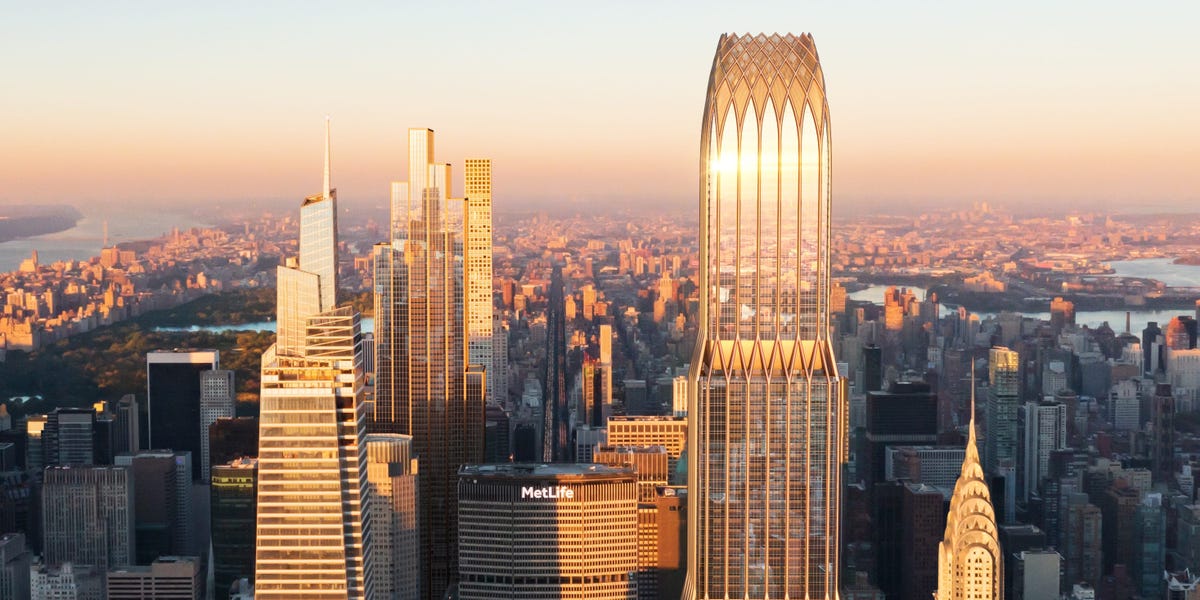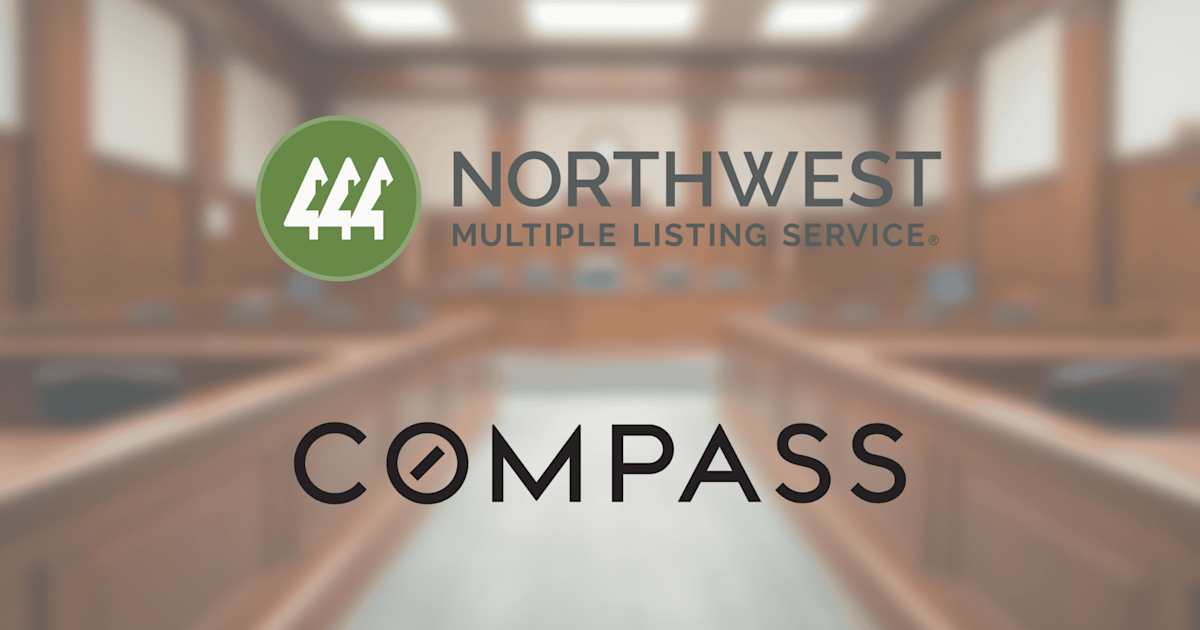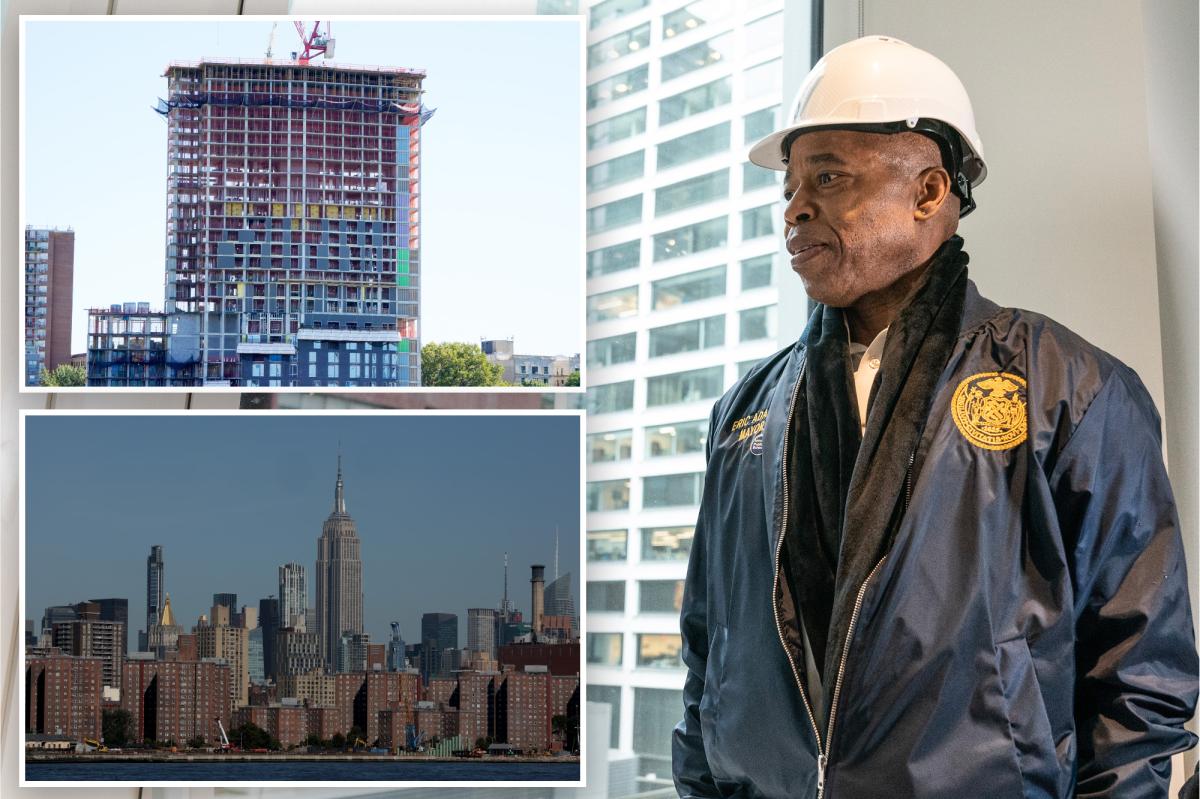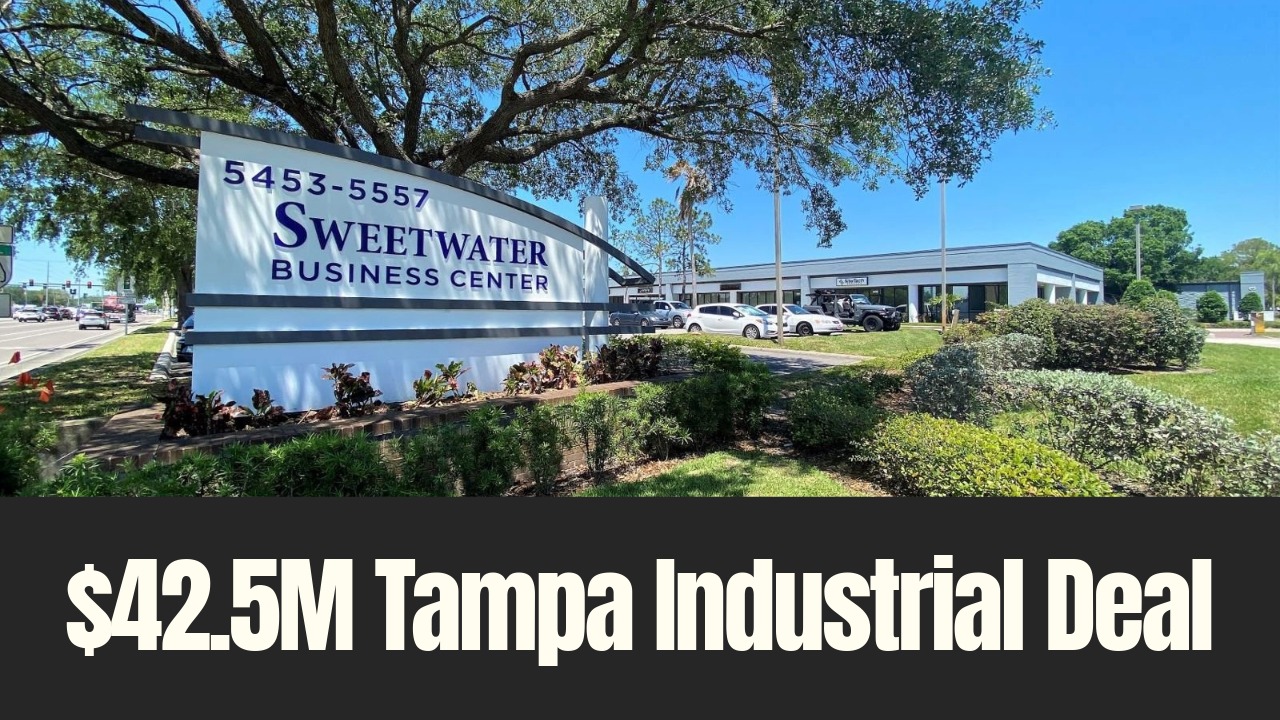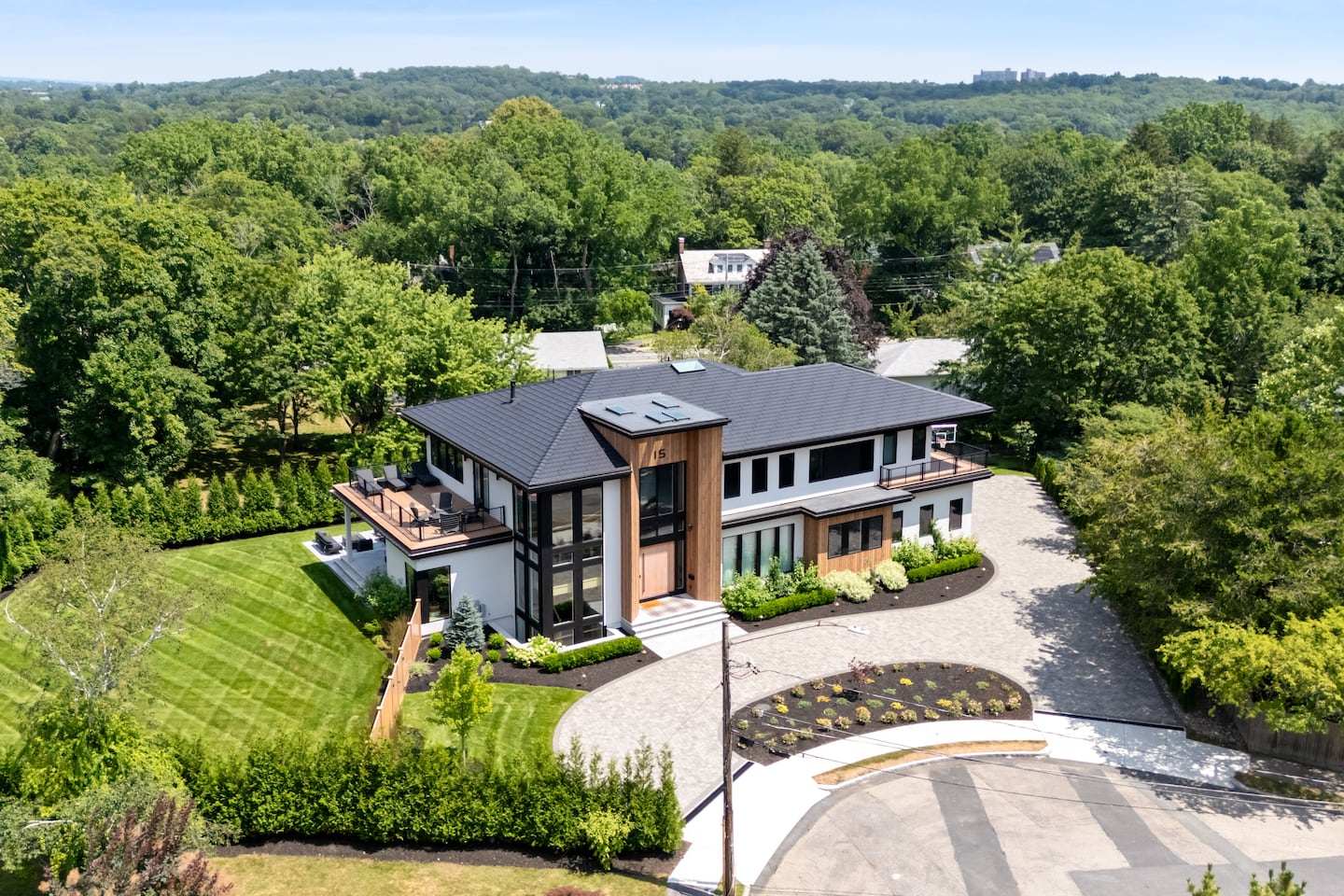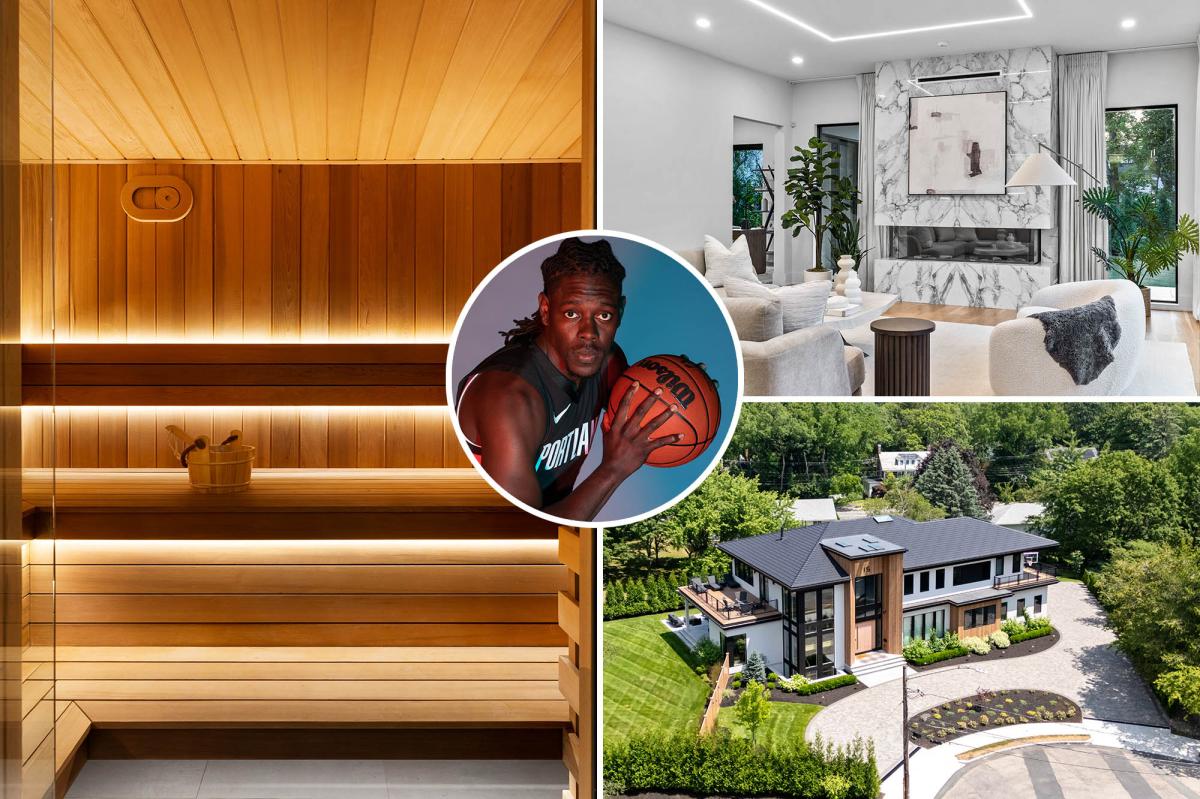D
espite a downturn in the office market, demand remains strong for high-end space. New office construction has slowed significantly, potentially leading to a shortage in the near future. Major developers and tenants are taking notice, with several projects breaking ground.
Office vacancy is at a record high in Washington, D.C., but Hilary Goldfarb, senior managing director at Rockefeller Development, is confident that her company's 400,000-square-foot office property will be full by mid-2026. Half of the project has already been pre-leased to law firm Crowell & Morning.
Across the country, major office markets like New York and San Francisco have been impacted by remote and hybrid work, but high-end offices are still finding takers. Demand persists despite higher interest rates and inflation, which have increased costs and made lenders reluctant to finance new development.
CBRE predicts that 30 million square feet of new office space will be completed in the US this year, roughly half of what was built in 2019 before the pandemic. Deliveries are expected to fall even further in 2025, to 14 million square feet.
While overall office vacancy is high, CBRE forecasts that vacancy in the upper segment will drop to pre-pandemic levels by 2027. This has led a growing number of office developers to recognize a budding shortage and cater to it. Large tenants are also recognizing that space options may abound now but will vanish in the coming years.
Scott Rechler, CEO of RXR Realty, says tenant interest is growing for their 2.8-million-square-foot skyscraper at 175 Park Ave., with asking rents above $200 per square foot. The project aims to break ground midway through 2025 with significantly less pre-leasing than originally planned due to increased confidence in demand.
Other developers are laying plans for new towers, including Related Companies' 70 Hudson Yards, which is now 99% full and will feature state-of-the-art features like a triple-paned glass facade. Larry Silverstein is close to moving ahead with plans to erect the final office skyscraper at the World Trade Center, a 2.8 million-square-foot tower designed by Norman Foster.
Manhattan's large captive audience of corporate office users and deep inventory of outdated properties make it conducive to new construction. Builders are laying similar plans in other markets with similar dynamics, such as Chicago and West Palm Beach, Florida.
A tale of two office markets exists, with top-tier space performing well while the wider market struggles. CBRE forecasts that prime vacancy will drop by almost half, to 8.2% by 2027, its pre-pandemic average. Financing remains a challenge for high-end office construction, but developers are exploring alternative strategies to arrange financing.
The scale of projects like RXR's 175 Park Ave. may require non-traditional lenders or alternative financing routes, such as the municipal bond market. Despite these challenges, developers remain optimistic about the future of high-end office space.
